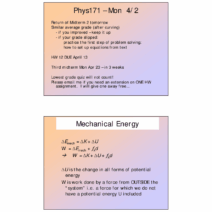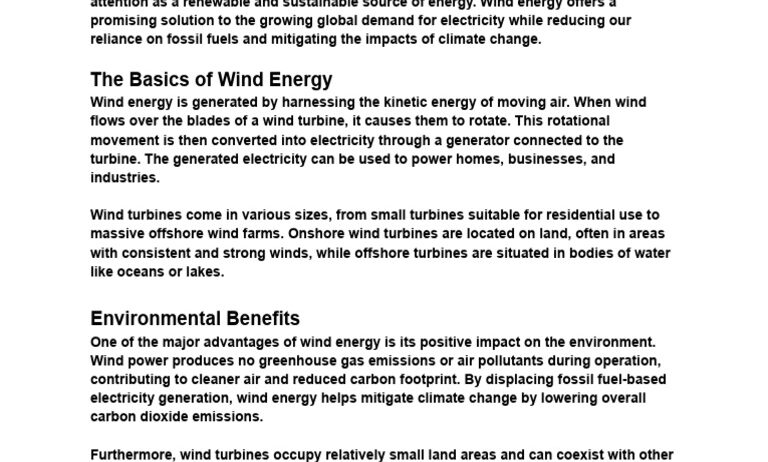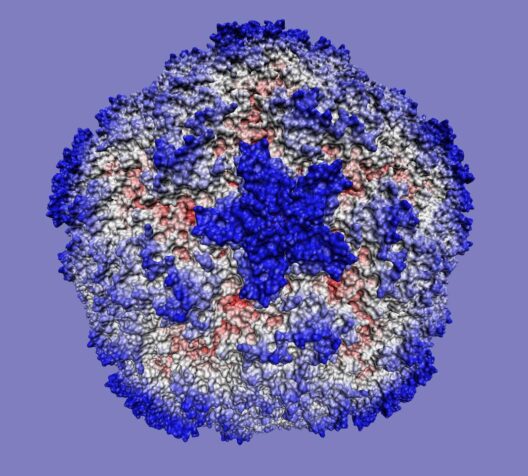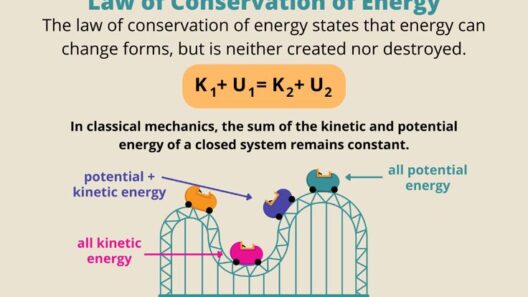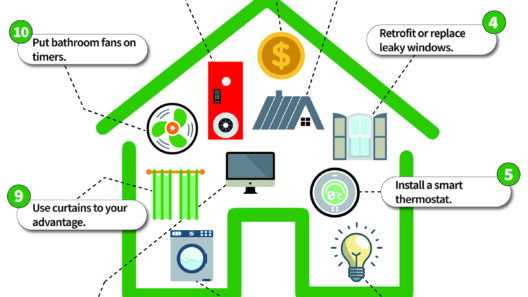The unrelenting force of wind has captivated human ingenuity for centuries. Once merely a natural phenomenon harnessed through sails and windmills, it has now evolved into a formidable player in the arena of renewable energy sources. The urgent need to mitigate climate change propels societies toward embracing wind energy. The promise of this sustainable energy source lies not just in large-scale wind farms but also in individual efforts to conserve and utilize wind energy effectively. Understanding how we can harness this invisible force is paramount for a more sustainable future.
Wind energy conservation begins with the fundamental acknowledgment of wind as a resource. Wind is a byproduct of solar energy, created by the uneven heating of Earth’s surface. This means that our strategies for conserving wind energy should intertwine with our broader initiatives to conserve resources. To grasp the intricacies of wind energy conservation, one must explore various methodologies that span personal, community, and industrial domains. Each individual has the potential to engage in this movement, albeit awareness and understanding vary widely.
First, the ideation of micro-generation systems emerges as a feasible approach for individuals and small communities. Small wind turbines can be installed on rooftops or in backyards. These systems can efficiently convert kinetic energy into electrical energy. Not only do they reduce dependence on conventional power grids, but they also create a surplus of energy that can often be fed back into the grid. While the initial investment may be daunting, the long-term benefits manifest as reduced energy bills and a minimized carbon footprint. However, placement is key; turbines should ideally be situated in areas with unobstructed wind flow to maximize efficiency.
Furthermore, it is essential to understand the location’s wind profile. Anemometers can be employed to measure wind patterns, offering valuable data that can inform the best placement for turbines. By adopting an empirical approach to understanding wind resources, better-informed decisions lead to heightened energy conservation. The confluence of technology and environmental stewardship creates an opportunity to empower individuals to contribute to a more sustainable energy ecosystem.
Another intriguing method is to advocate for community wind projects. These take the form of co-operative arrangements where neighbors band together to invest in larger wind turbines or small wind farms. Such models distribute both costs and benefits, fostering a sense of shared responsibility for energy production among community members. The collective investment not only harbors economic advantages but also strengthens social ties within the community. As communities rally around wind energy, awareness about sustainable practices proliferates, inspiring further participation in eco-friendly endeavors.
Energy-efficient practices should not be overlooked in the conservation conversation. Reducing energy consumption effectively conserves the wind energy produced. By adopting energy-saving technologies such as LED lighting and Energy Star appliances, households can significantly diminish their electricity requirements. This reduction lessens the overall demand for energy derived from both renewable and non-renewable sources. Importantly, education plays a critical role; communities and educational institutions can host workshops and information sessions centered around energy conservation practices, thus broadening the understanding of how individual choices impact overall energy consumption.
In conjunction with these personal and communal methodologies, policymakers must augment efforts to promote wind energy. Governments can incentivize the use of small wind turbines through tax credits, grants, and favorable legislation. Moreover, utilities can be encouraged to offer incentives for customers who generate their wind energy. Favored policies can dismantle barriers that often discourage individuals from making the leap toward adopting wind energy technologies. Ultimately, visionary public policies can galvanize a shift toward a wind-centered energy paradigm. Collaboration among stakeholders in government, academia, and industry can enhance research, paving the way for innovative technologies that optimize wind energy capture and utilization.
But let’s not forget the global perspective. Wind energy can play a vital role in international climate targets. Countries with abundant wind resources must harness and export this energy, presenting renewable options for regions reliant on fossil fuels. Global cooperation in renewable energy initiatives paves a path toward shared success against climate change. A focus on wind energy doesn’t merely satisfy local energy needs; it fuels the global transition toward an environmentally sustainable future.
Incorporating wind energy conservation into daily life does not necessitate a daunting overhaul. Simple lifestyle changes, such as choosing to engage in local energy co-ops, participating in community projects, and supporting policies favoring renewable energies can collectively transform the landscape of energy consumption. Furthermore, embracing the idea of wind energy leads to a psychological shift; viewing the invisible force as a viable energy source encourages individuals to appreciate natural resources and prompts ethical stewardship of the environment.
In summation, conserving wind energy involves a plethora of approaches that harness both individual and collective capabilities. By embracing micro-generation, advocating for community projects, and integrating efficient energy practices, society can capitalize on this abundant and renewable resource. Policymakers play a significant role by creating supportive environments that facilitate increased utilization of wind energy. Ultimately, this narrative motivates a shift in our energy consumption mindset, recognizing wind not only as an omnipresent force but also as a catalyst for a sustainable future. The days of overlooking the power of wind are over; instead, we stand on the precipice of tremendous potential, ready to harness this invisible ally for generations to come.


